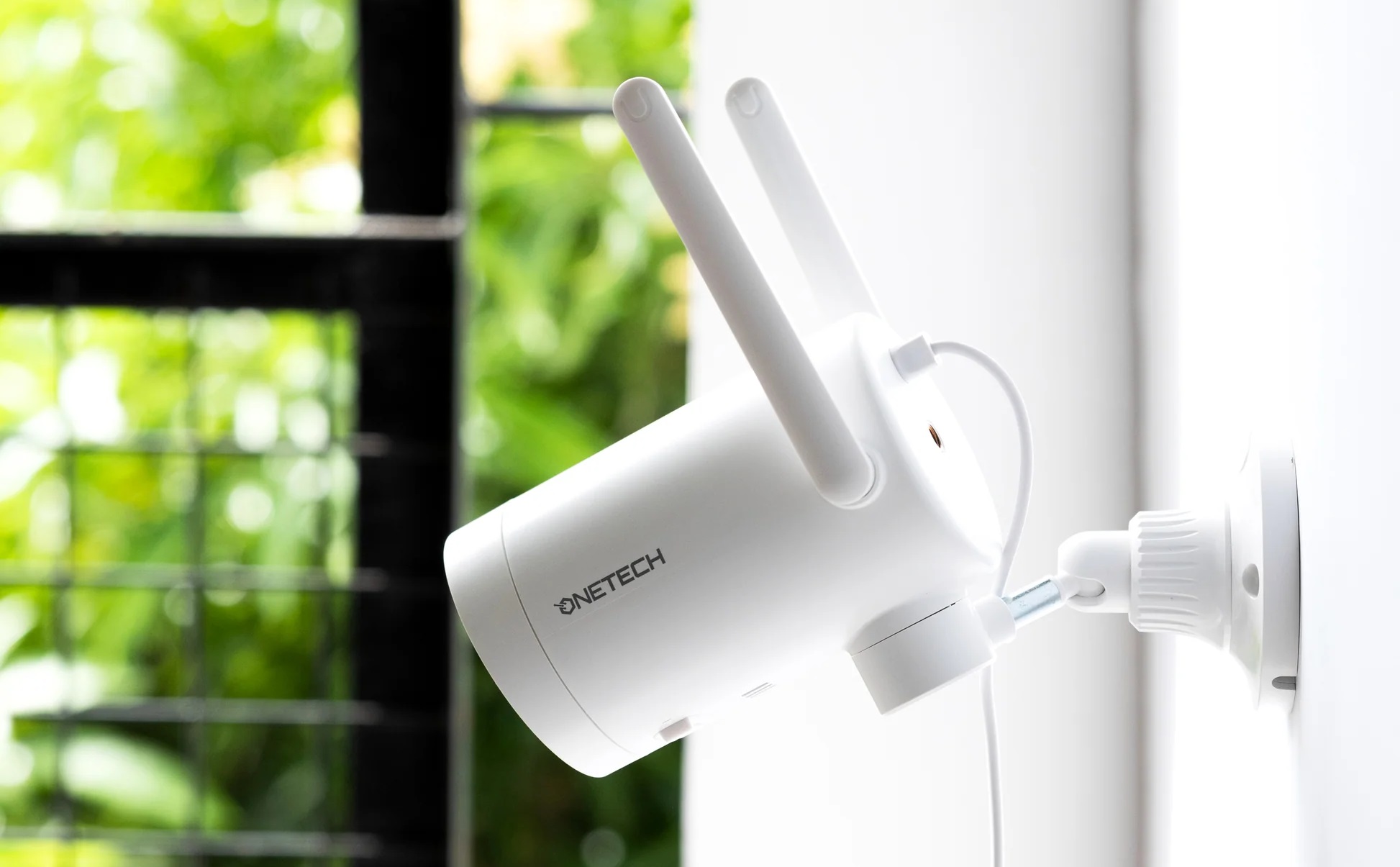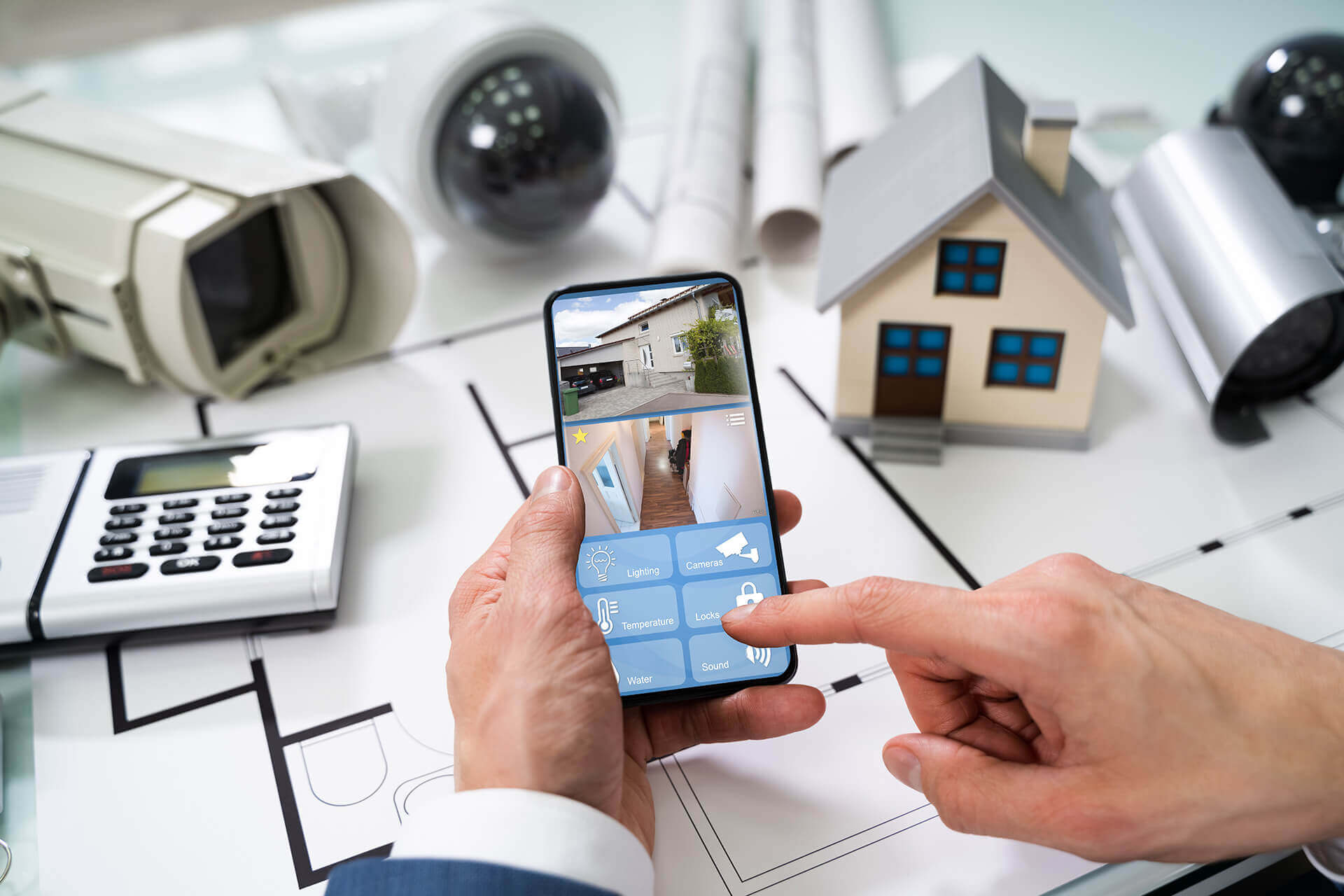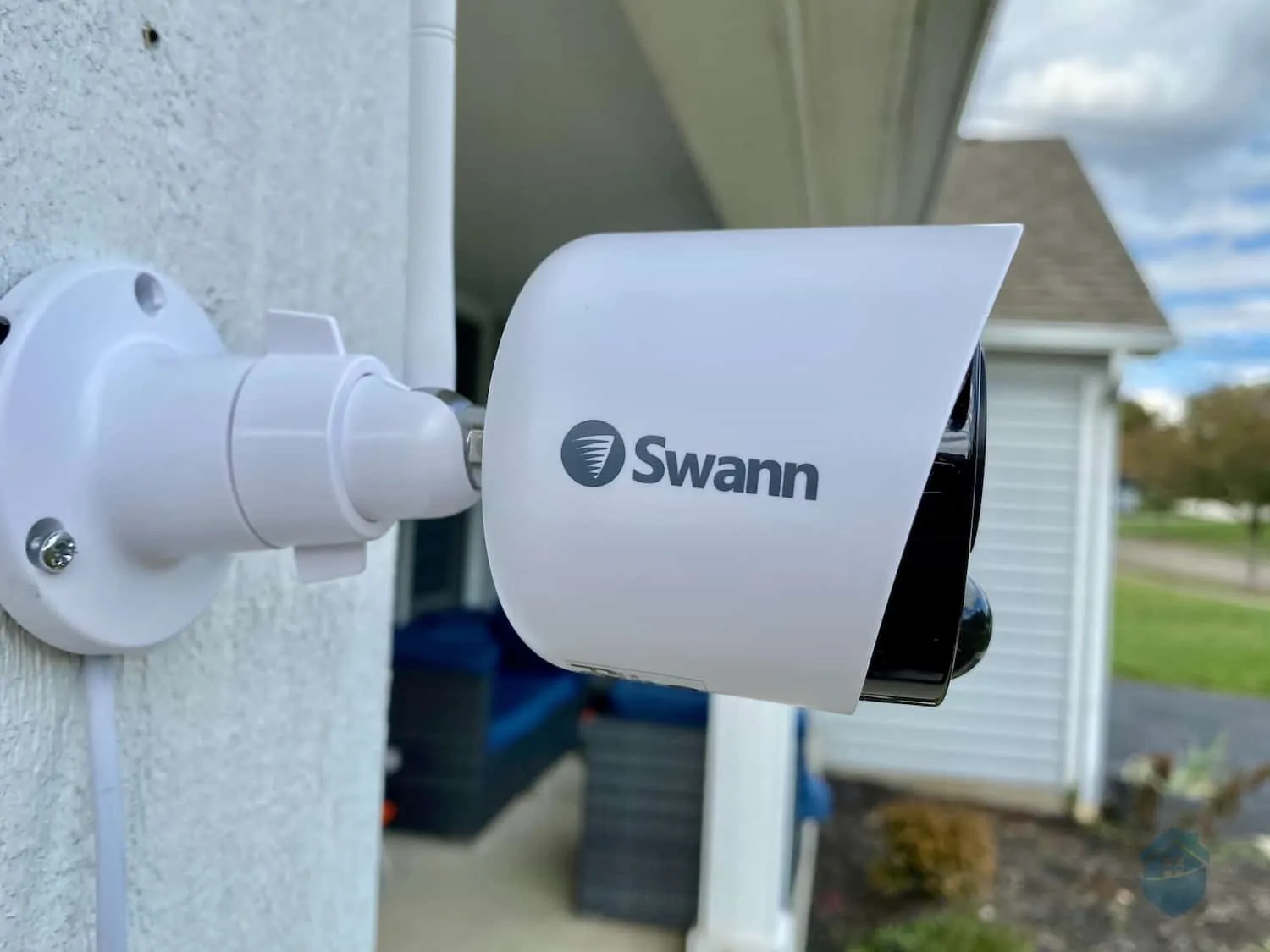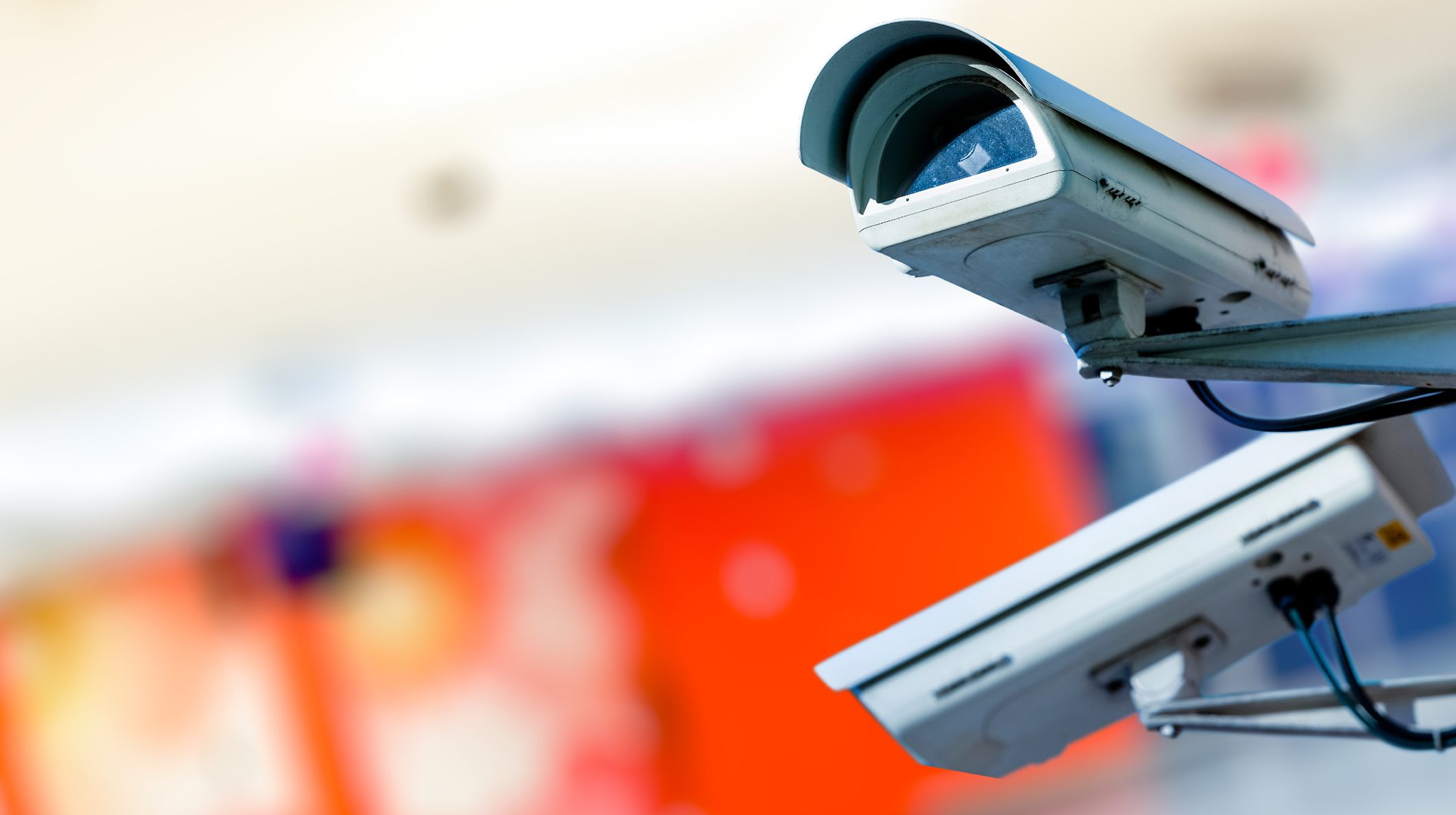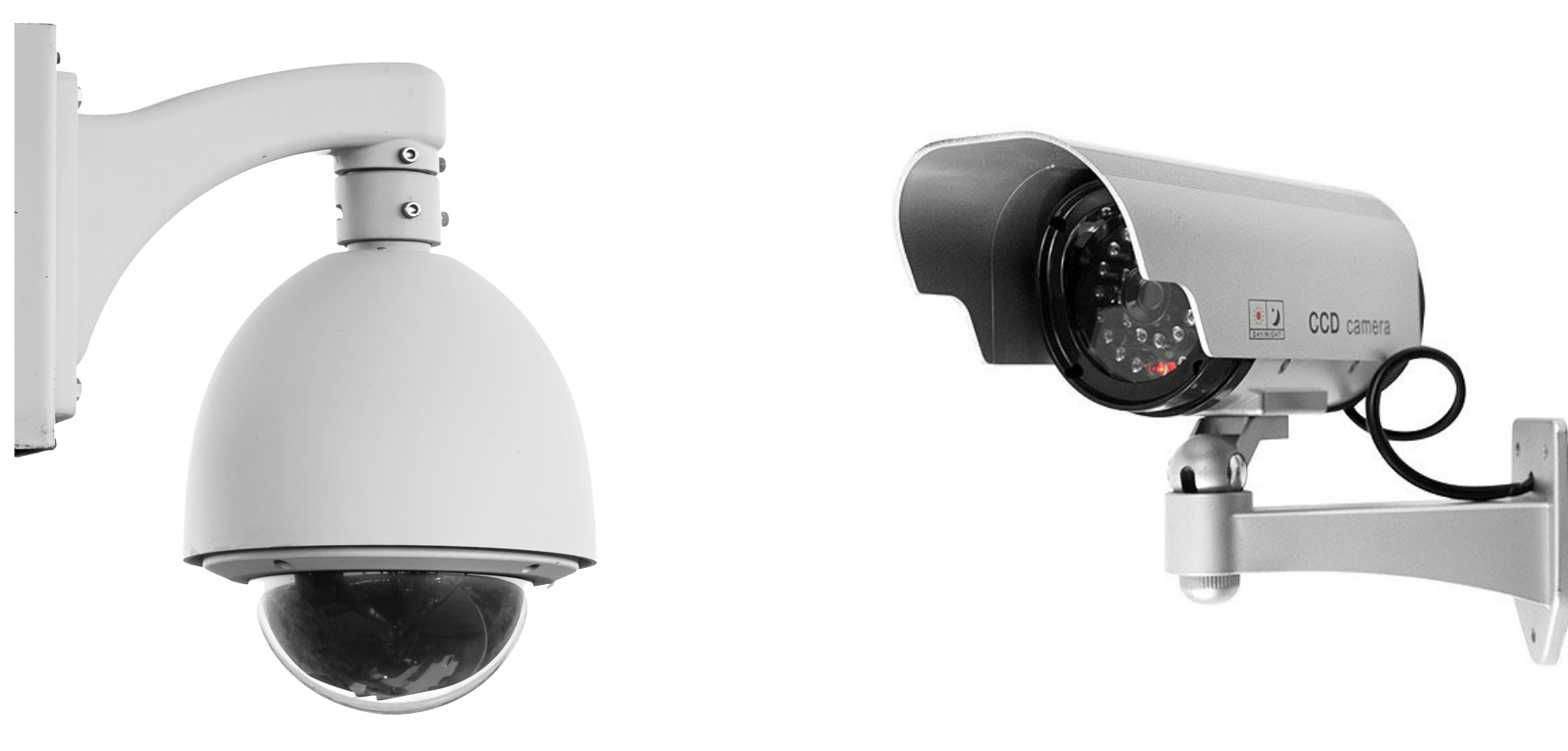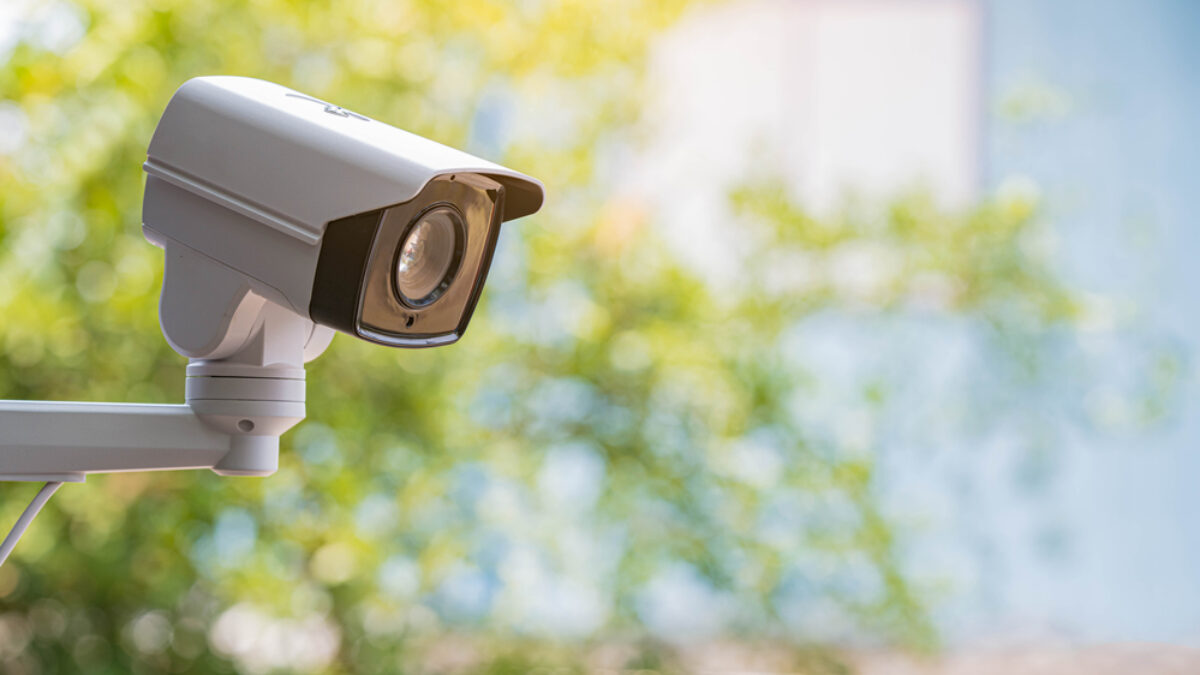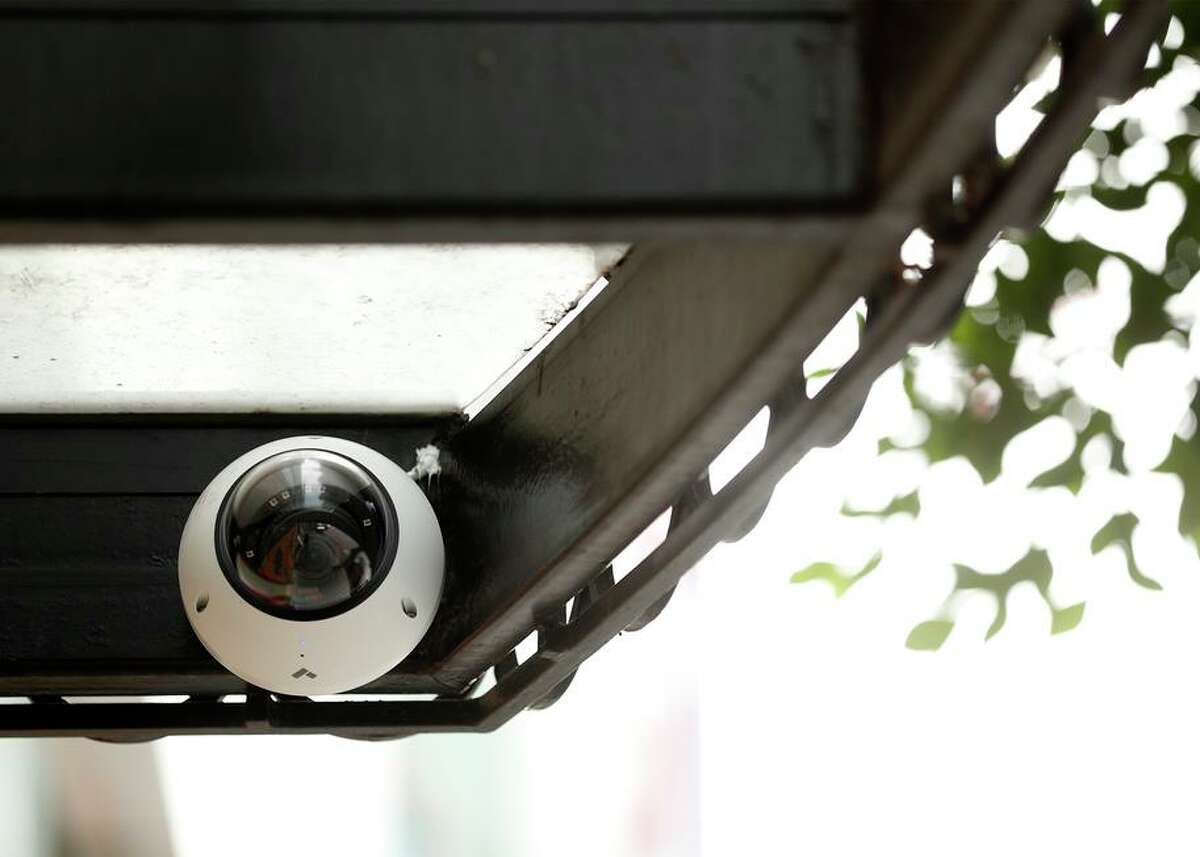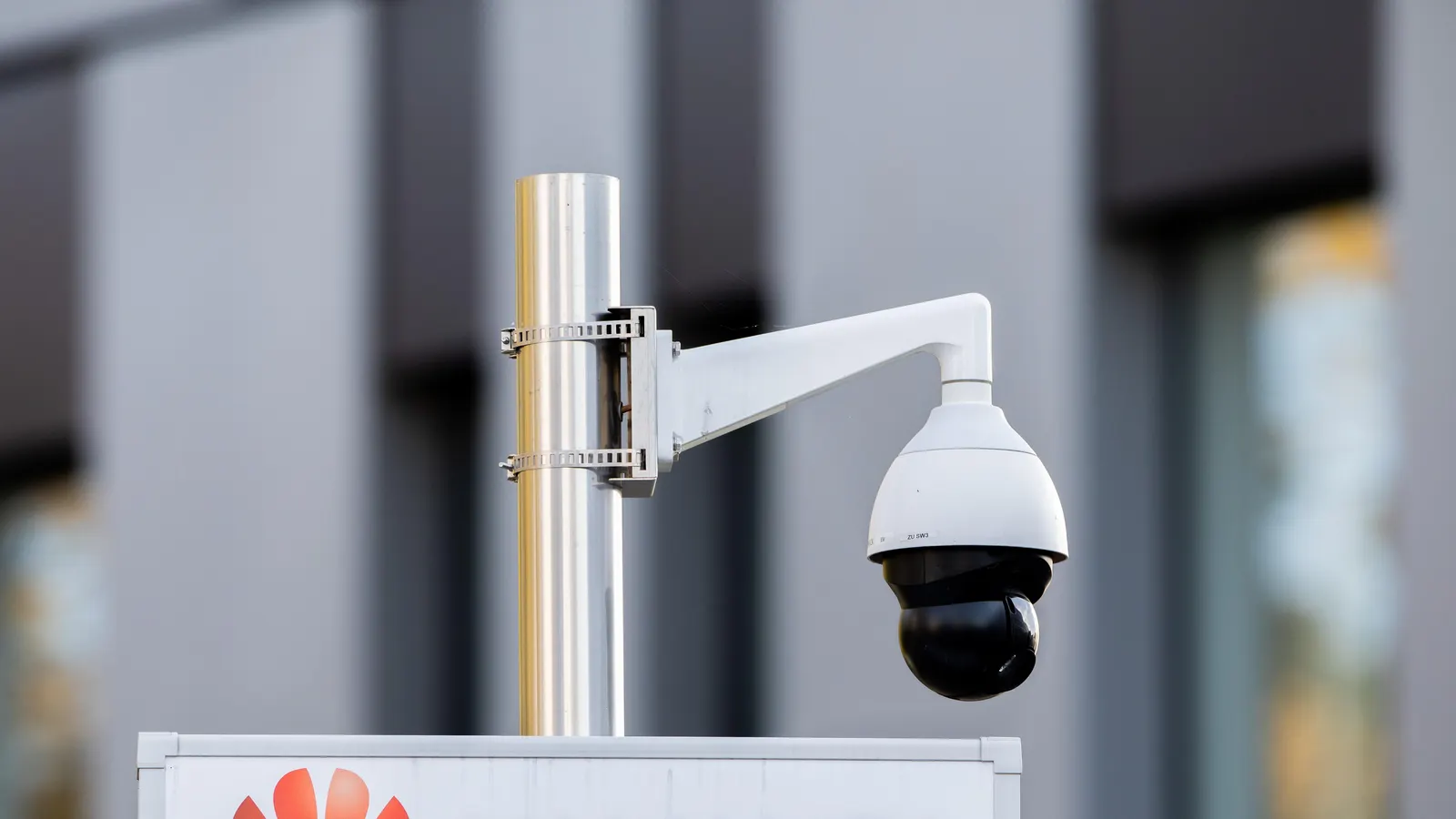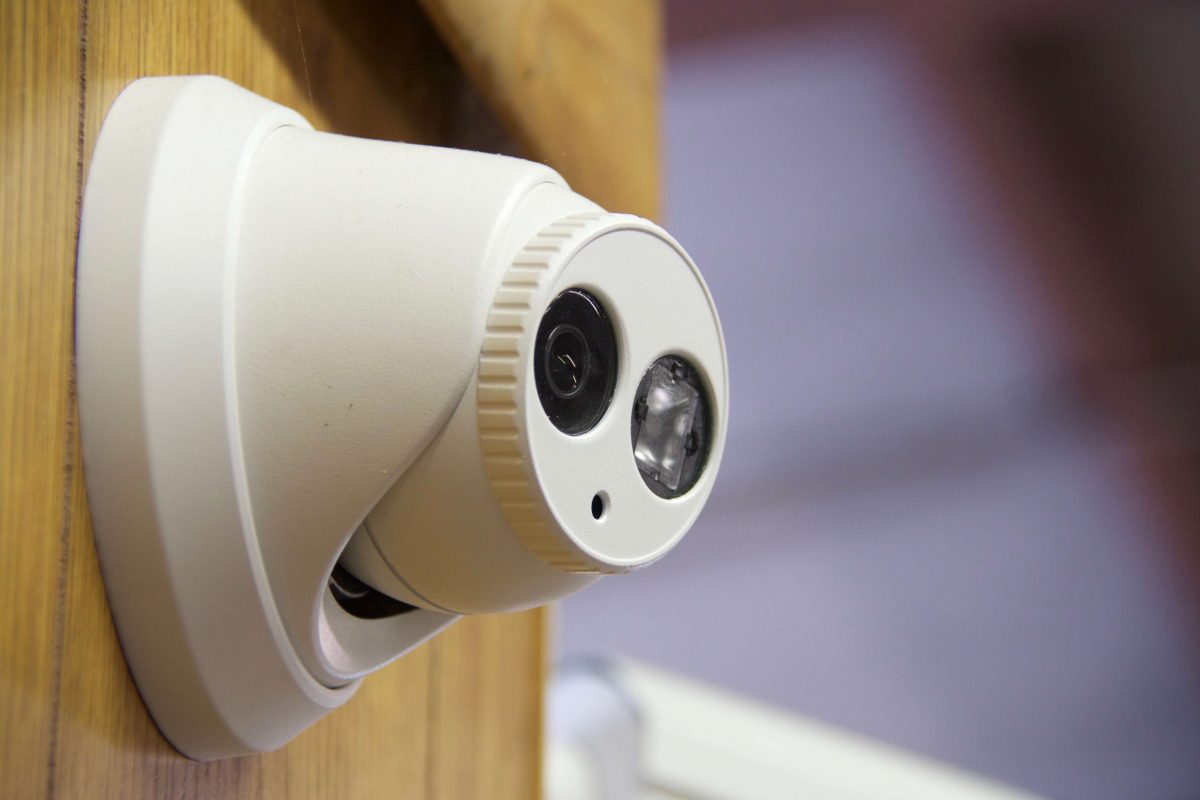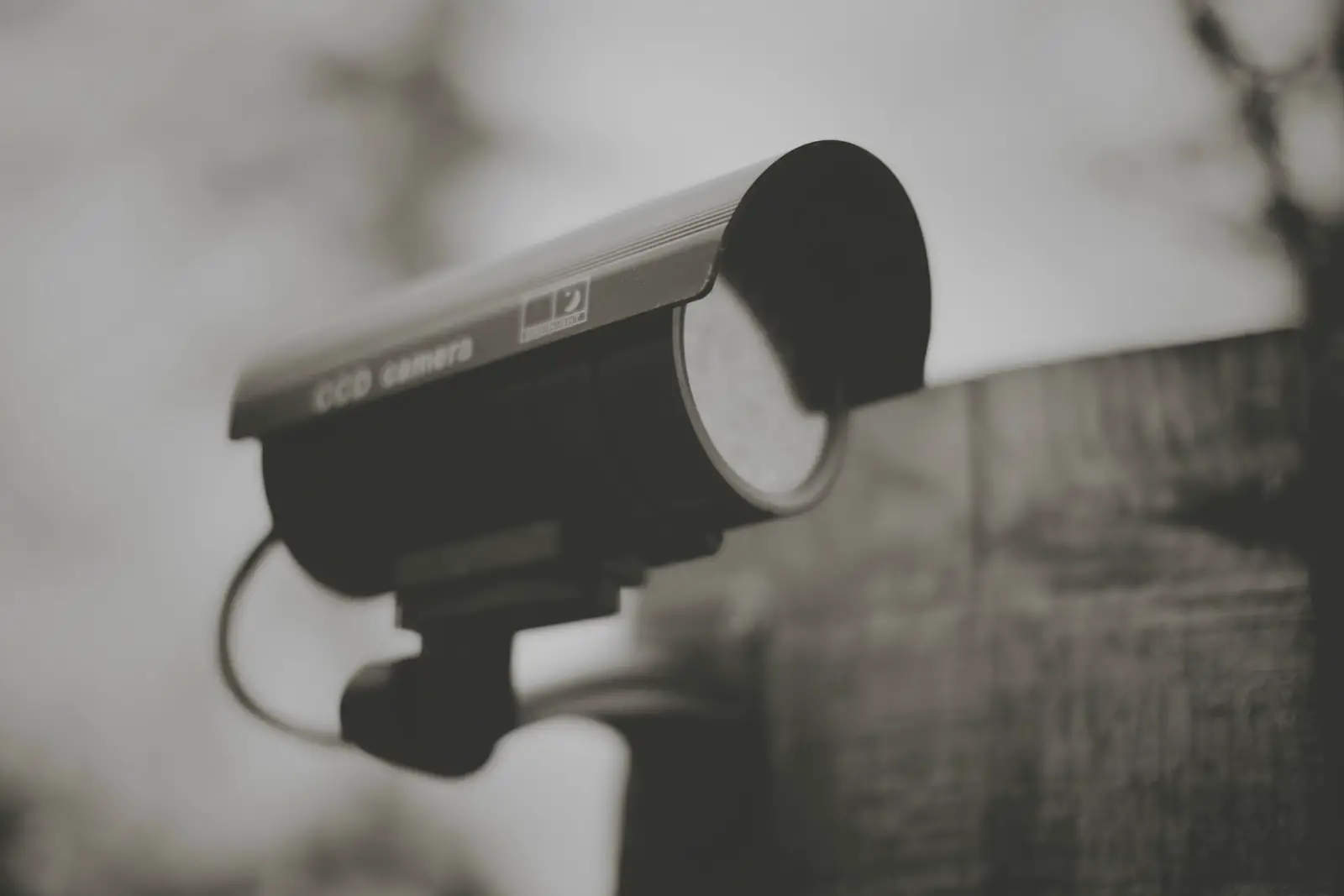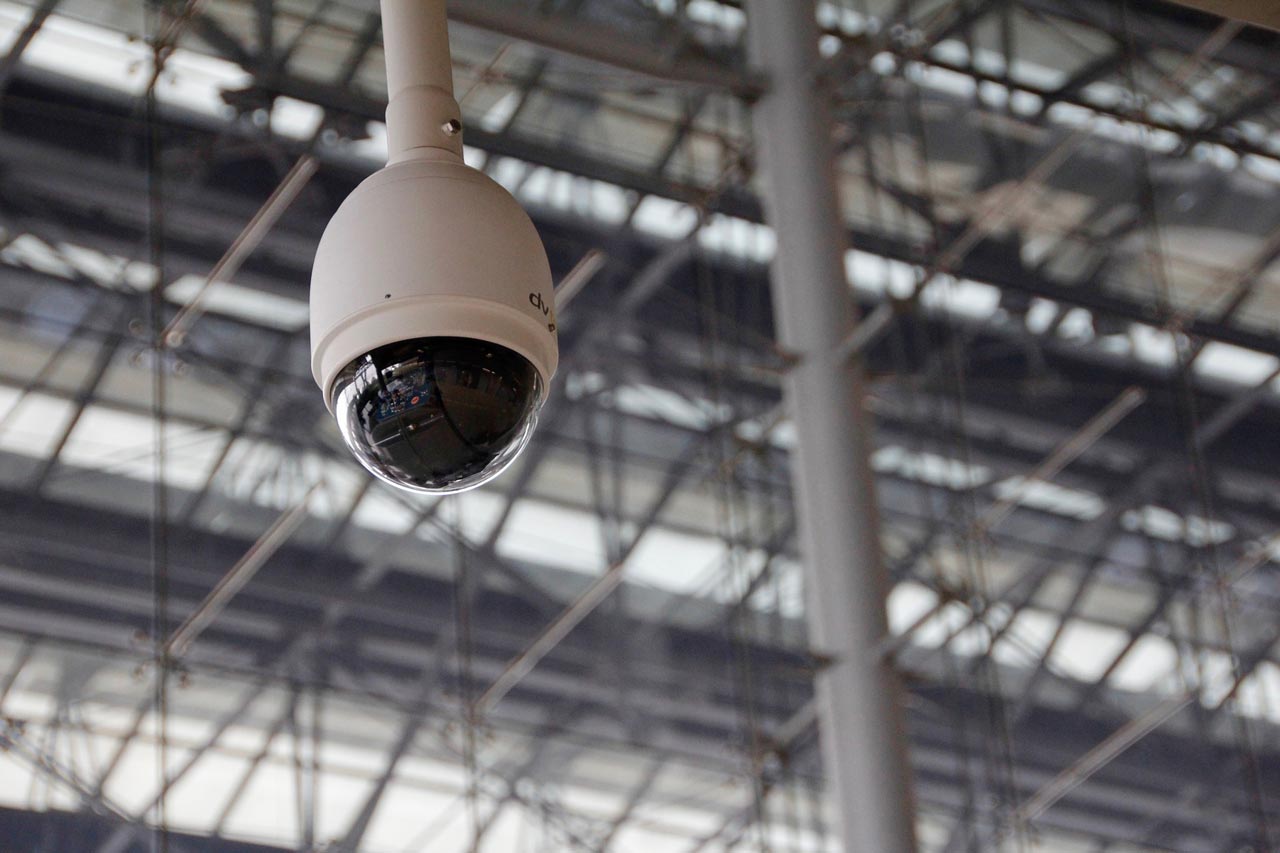Home>Home Security and Surveillance>How To Choose Security Cameras
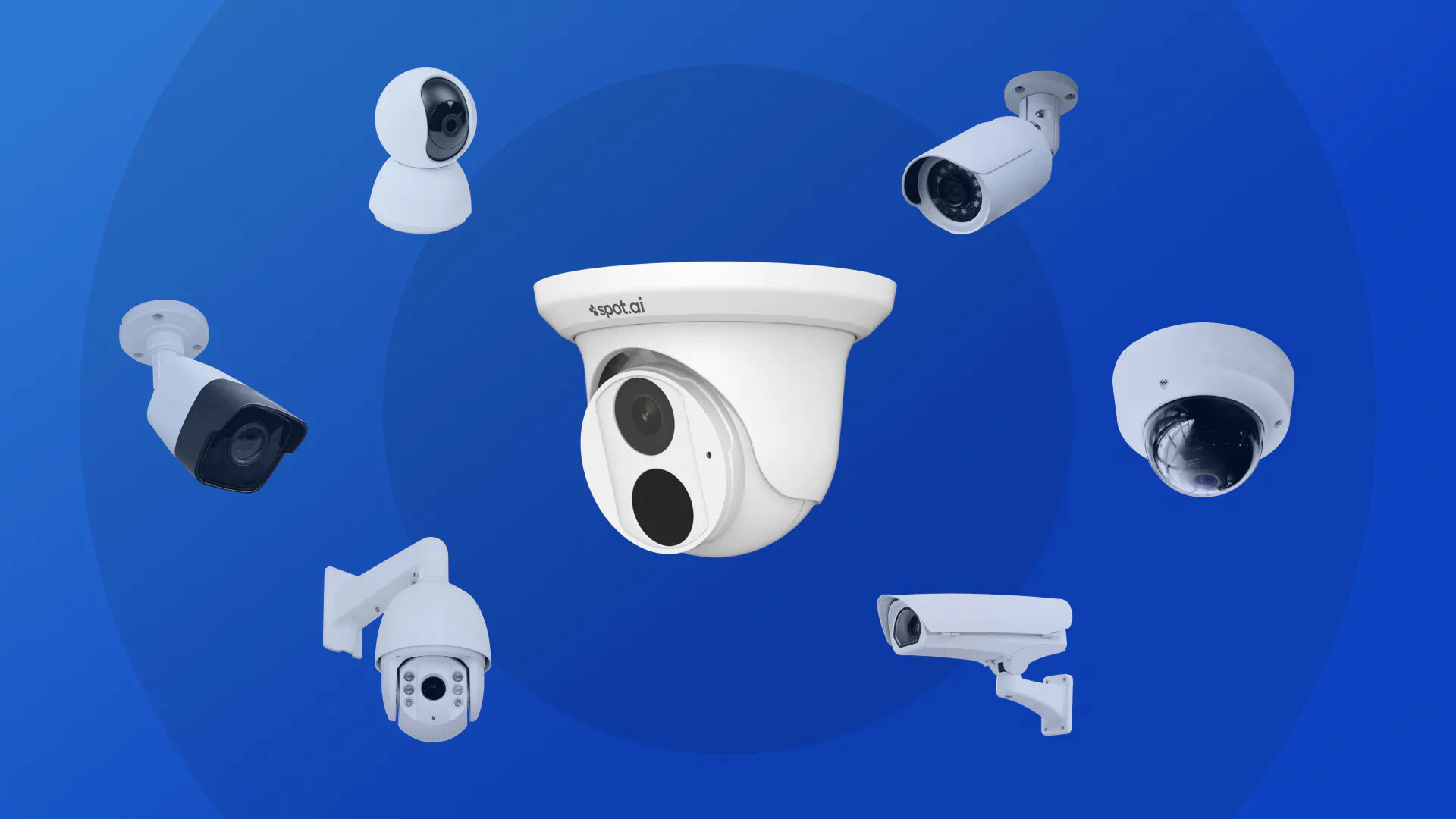

Home Security and Surveillance
How To Choose Security Cameras
Modified: October 20, 2024
Learn how to choose the perfect security cameras for your home surveillance needs. Ensure optimal protection with our comprehensive guide on home security and surveillance.
(Many of the links in this article redirect to a specific reviewed product. Your purchase of these products through affiliate links helps to generate commission for Storables.com, at no extra cost. Learn more)
Introduction
Welcome to the world of home security and surveillance. In today’s rapidly changing world, it has become increasingly important to safeguard our homes and loved ones. One of the most effective ways to secure our homes is by installing security cameras. These surveillance devices have evolved significantly over the years, offering a range of features designed to enhance safety and provide peace of mind.
However, with so many options available in the market, choosing the right security cameras for your home can be a daunting task. It is vital to consider various factors to ensure optimal performance and maximum functionality. In this article, we will explore the key factors to consider when selecting security cameras, helping you make an informed decision and create a robust security system for your home.
Key Takeaways:
- Choose security cameras based on where you want to monitor, whether indoors or outdoors, and consider features like image quality, connectivity, and night vision for effective home surveillance.
- Ensure optimal camera placement and installation, and consider factors like power source, obstructions, and weather conditions to maximize the effectiveness of your security cameras.
Read more: How To Choose A Home Security Camera System
Factors to Consider When Choosing Security Cameras
When it comes to selecting the right security cameras for your home, there are several important factors to consider. These factors will help determine the type of cameras that best fit your needs and provide the level of security you require. Here are the key factors you should keep in mind:
- Purpose of Surveillance: Before choosing security cameras, determine the specific areas you want to monitor and the reasons for surveillance. Is it to protect your front door, monitor your backyard, or keep an eye on your entire property? Understanding your surveillance requirements will guide you in selecting the appropriate camera types and configurations.
- Indoor vs. Outdoor Cameras: Consider whether you need cameras for indoor or outdoor use. Outdoor cameras should be weatherproof and designed to withstand harsh conditions. Indoor cameras, on the other hand, may have features like pan, tilt, and zoom.
- Image Quality and Resolution: High-resolution cameras deliver clearer images, making it easier to identify important details such as faces or license plates. Consider cameras with at least 1080p resolution to ensure optimal image quality.
- Camera Connectivity: Determine how you want to connect your cameras to your monitoring system or network. Wired cameras offer a stable connection, while wireless cameras provide more flexibility in terms of installation.
- Field of View: Assess the field of view that a camera can capture. Wide-angle lenses are ideal for covering larger areas, while cameras with adjustable lenses or PTZ (pan-tilt-zoom) capabilities allow you to adjust the field of view as needed.
- Night Vision Capabilities: If you require surveillance during nighttime or low-light conditions, consider cameras equipped with infrared (IR) LEDs for clear and detailed footage even in the dark. Look for cameras with a significant night vision range.
- Motion Detection and Alerts: Cameras with motion detection capabilities can send alerts to your smartphone or email when activity is detected. This feature helps you stay informed and quickly respond to any potential intrusions.
- Audio Capabilities: Some security cameras come with built-in microphones and speakers, allowing you to communicate with individuals on your property or deter suspicious activity.
- Storage Options: Determine whether you want your camera footage to be stored locally or in the cloud. Local storage offers more control and can be less costly, while cloud storage provides easy access to your footage from anywhere.
- Camera Placement and Installation: Plan where you want to position your cameras for optimal coverage. Consider factors such as height, obstructions, and power source availability. Ensure that the installation process aligns with your technical skills or consider professional installation if needed.
By carefully considering these factors, you can select the security cameras that best meet your requirements, ensuring comprehensive coverage and peace of mind for your home.
Purpose of Surveillance
The first and foremost factor to consider when choosing security cameras is the purpose of surveillance. Understanding why you need surveillance will help determine the type of cameras you require and the specific areas you need to monitor.
Consider what you want to achieve with your surveillance system. Are you primarily concerned with monitoring your front door for package deliveries or potential intruders? Do you want to keep an eye on your backyard or driveway to ensure the safety of your vehicles? Are you looking to monitor your entire property for comprehensive security coverage?
Knowing your surveillance goals will help you identify the appropriate camera types and configurations. For instance, if your primary concern is monitoring specific entry points, such as doors or windows, you may opt for single-point cameras strategically placed to capture those areas. On the other hand, if you want to monitor a larger area, such as your backyard, you might consider multiple cameras with wider coverage or even a PTZ camera that can pan, tilt, and zoom to capture different angles.
Additionally, consider whether you need your cameras to be visible or discreet. Visible cameras can serve as a deterrent, signaling to potential intruders that your property is under surveillance. Discreet cameras, on the other hand, can be concealed to capture footage without drawing attention.
When determining the purpose of your surveillance, it’s also essential to consider any specific areas of concern. For example, if you live in an area prone to vandalism or have experienced suspicious activity near your home, you may want to focus on cameras that provide a clear view of those areas.
By clarifying the purpose of your surveillance, you can narrow down your camera options and make an informed decision that aligns with your specific needs and objectives. This will allow you to create a robust security system tailored to your home’s unique requirements.
Indoor vs. Outdoor Cameras
When selecting security cameras, it is crucial to consider whether you need cameras specifically designed for indoor or outdoor use. Both types have distinct features that make them suitable for their respective environments.
Indoor Cameras: Indoor cameras are designed to be used inside the premises of your home. They are typically smaller and more discreet in appearance, allowing them to blend seamlessly into your indoor decor. These cameras are ideal for monitoring specific areas inside your home, such as entryways, hallways, or valuable items.
Indoor cameras can come in various forms, including fixed, dome, or PTZ cameras. Fixed cameras have a static view and capture footage in a specific direction. Dome cameras have a distinctive dome-shaped design and can provide a wider viewing angle. PTZ cameras, on the other hand, offer the flexibility to pan, tilt, and zoom for surveillance of larger indoor spaces.
Outdoor Cameras: Outdoor cameras are specifically designed to withstand different weather conditions, making them suitable for monitoring the exterior of your home. They come in rugged enclosures that protect the camera components from rain, snow, dust, and extreme temperatures.
Outdoor cameras are typically waterproof and have features like infrared (IR) night vision to ensure clear footage even in low-light or nighttime conditions. These cameras are essential for monitoring your front and backyards, driveways, or any vulnerable areas around your property.
When choosing between indoor and outdoor cameras, consider the specific areas you want to monitor and the level of exposure to the elements. If you only need to monitor indoor spaces, such as entryways or living areas, indoor cameras are sufficient. However, if you want to monitor outdoor spaces, it is essential to invest in outdoor cameras with weatherproof and durable construction.
It is worth noting that some cameras are versatile and can be used both indoors and outdoors. These cameras offer the flexibility to adapt to changing surveillance needs. However, ensure that they have the necessary weather resistance and other outdoor-specific features if you plan to use them outside your home.
By carefully considering whether you need indoor or outdoor cameras, you can select the appropriate type of camera and ensure optimal performance and longevity of your surveillance system.
Image Quality and Resolution
When it comes to security cameras, image quality and resolution play a vital role in capturing clear and detailed footage. Higher image quality and resolution make it easier to identify important details, such as faces or license plates, enhancing the effectiveness of your surveillance system.
Resolution refers to the number of pixels in an image, typically represented by the term “megapixels” (MP). The higher the megapixel count, the greater the detail and clarity in the captured footage. For professional-grade surveillance, consider cameras with resolutions of at least 1080p (2MP) or higher.
High-resolution cameras are particularly important when you need to gather evidence or identify individuals involved in any security incidents. The greater the detail captured by the camera, the clearer the evidence will be, improving the chances of identifying suspects and aiding in investigations.
In addition to resolution, it is also crucial to consider other factors that contribute to image quality. These factors include the camera’s sensor size, lens quality, and image processing technology. A larger sensor size captures more light, resulting in better image quality, particularly in low-light conditions.
Lens quality is another key factor. Look for cameras with high-quality lenses that minimize distortion and provide sharp and clear images across the entire field of view. Lenses with adjustable focal lengths or zoom capabilities offer even more flexibility in capturing specific details or covering larger areas.
Furthermore, consider the camera’s image processing technology, which can greatly impact the quality of the final footage. Advanced image processing algorithms can enhance image clarity, reduce noise, and improve low-light performance.
When choosing security cameras, prioritize image quality and resolution to ensure you have the best possible images for monitoring and recording activities in and around your home. Clear and detailed footage will not only give you peace of mind but may also prove crucial in the event of any security incidents or investigations.
Camera Connectivity
Camera connectivity is an important consideration when choosing security cameras for your home. It determines how the cameras will be connected to your monitoring system or network, and it can have implications for installation, reliability, and flexibility.
There are two main types of camera connectivity: wired and wireless.
Wired Connections: Wired cameras require a physical connection to the monitoring system or network. They typically use Ethernet cables to transmit data and power. Wired connections offer a stable and reliable connection, ensuring constant video feed. They are less susceptible to interference and are less affected by factors such as distance and walls.
Wired cameras are ideal for situations where you can easily run cables and have a central monitoring system. They are commonly used in professional installations and provide a higher level of security, as they are not vulnerable to signal interference or hacking.
Wireless Connections: Wireless cameras, on the other hand, connect to your network or monitoring system via Wi-Fi. They offer more flexibility in terms of installation, as they eliminate the need to run cables. Wireless cameras are suitable for situations where running cables is not feasible or when you need to monitor an area that is far from your central monitoring system.
Wireless cameras rely on a stable Wi-Fi connection to transmit video footage. It is important to ensure a strong and reliable Wi-Fi signal in the area where the cameras will be installed to maintain uninterrupted video streaming.
While wireless cameras offer convenience and flexibility, they may be more susceptible to signal interference and potential hacking. It is crucial to take proper security measures to protect your wireless network and ensure the privacy of your camera feed.
When considering camera connectivity, assess your specific needs and the layout of your home. Determine whether running cables is feasible and practical. If you have an existing wired infrastructure, it may be more cost-effective and reliable to opt for wired cameras. On the other hand, wireless cameras are a great option for situations where running cables is not practical or when you need more flexibility in camera placement.
Ultimately, the choice between wired and wireless connections will depend on your specific requirements and the infrastructure of your home.
Field of View
The field of view (FOV) of a security camera refers to the area that the camera can capture and monitor. It is an essential factor to consider when choosing security cameras, as it determines the coverage you can achieve and the level of detail captured in the footage.
The field of view is influenced by the lens focal length and the camera’s angle of view.
Lens Focal Length: The focal length of the camera lens determines the magnification and field of view. A shorter focal length provides a wider field of view, capturing a larger area. On the other hand, a longer focal length offers a narrower field of view, allowing for more detail at a specific distance.
Angle of View: The angle of view is the extent of the scene that is visible through the camera lens. It is typically measured in degrees and determines how much of the surrounding area the camera can capture. A wider angle of view covers more area, while a narrower angle of view focuses on a specific area with more detail.
When determining the field of view you need, consider the specific areas you want to monitor. It may be necessary to have a wider field of view to cover a larger area such as a backyard or parking lot, while a narrower field of view might be sufficient for smaller spaces like an entryway or hallway.
It’s also important to consider the camera’s mounting height and placement. Cameras mounted at certain heights can capture a wider area compared to cameras placed closer to the ground. Additionally, obstacles such as walls, trees, or furniture can limit the effective field of view, so it’s crucial to consider any potential obstructions when determining camera placement.
It is worth noting that some cameras offer adjustable lenses or PTZ (pan-tilt-zoom) capabilities. These features allow you to change the field of view as needed, offering more flexibility in monitoring specific areas or adjusting coverage based on changing security requirements.
By considering the field of view, you can ensure that your chosen security cameras provide adequate coverage for your surveillance needs. This will help you capture the necessary details and maintain a comprehensive view of your home’s surroundings.
When choosing security cameras, consider the resolution, night vision capabilities, weather resistance, and remote viewing options to ensure you get the best protection for your property.
Night Vision Capabilities
When selecting security cameras, it is important to consider their night vision capabilities. Night vision allows the cameras to capture clear and detailed footage even in low-light or complete darkness, offering continuous surveillance and enhanced security throughout the day and night.
Night vision is achieved through the use of infrared (IR) technology. IR LEDs (infrared light-emitting diodes) illuminate the area in front of the camera with invisible infrared light. The camera’s image sensor detects this reflected infrared light, converting it into visible black and white or color footage.
When evaluating the night vision capabilities of a security camera, consider the following factors:
Range: The night vision range refers to the distance at which the camera can effectively capture footage in low-light conditions. Higher-end cameras usually have longer night vision ranges. It is important to choose cameras that offer sufficient range to cover the areas you want to monitor.
Infrared Illumination: Consider the number and power of the camera’s infrared LEDs. More powerful LEDs provide better illumination and extend the effective range of the night vision. However, it is worth noting that excessively bright or closely spaced LEDs can cause “whiteout” or “hot spot” effects, reducing image quality.
Day/Night Auto-switching: Many security cameras have an automatic day/night mode that seamlessly transitions between color and black and white footage depending on lighting conditions. This feature ensures optimal image quality regardless of the time of day.
Image Quality: While night vision allows cameras to capture footage in low-light conditions, the image quality may vary. Look for cameras with advanced night vision technologies that produce clear and detailed images, even in complete darkness.
IR Cut Filter: Cameras equipped with an IR cut filter automatically adjust the amount of infrared light reaching the image sensor, ensuring accurate color representation during the day and enhancing image clarity in low-light conditions.
Night vision capabilities are particularly important in outdoor cameras, as they enable monitoring and surveillance during nighttime when visibility is usually reduced. Whether you want to monitor your backyard, driveway, or other outdoor areas, it is crucial to choose cameras with reliable and effective night vision capabilities.
By investing in security cameras with excellent night vision capabilities, you can ensure round-the-clock surveillance and peace of mind, knowing that your property is protected even in the darkest of nights.
Motion Detection and Alerts
Motion detection is a crucial feature to consider when choosing security cameras. It allows the cameras to detect any movement within their field of view and can trigger various actions, such as recording, sending alerts, or initiating specific responses.
When evaluating motion detection capabilities, consider the following aspects:
Sensitivity: The sensitivity of the motion detection feature determines how responsive the camera is to detecting motion. Adjustable sensitivity settings allow you to customize the camera’s response to different levels of movement. This ensures that minor movements, such as leaves rustling or small animals passing by, do not trigger false alarms, while significant movements are promptly detected.
Zone Configuration: Some cameras allow you to set specific zones within their field of view where motion detection should be active. This is particularly useful if there are specific areas you want to monitor more closely or areas you want to exclude from motion detection, such as busy sidewalks or trees swaying in the wind.
Notifications and Alerts: Cameras with motion detection capabilities can send you instant notifications and alerts when motion is detected. These notifications can be in the form of emails, push notifications to your smartphone, or even SMS alerts. This feature ensures that you are promptly informed of any activity detected by the cameras, allowing you to take appropriate action or evaluate the situation in real-time.
Activity Zones: Advanced security cameras may offer the ability to define specific activity zones within their field of view. This allows you to focus the motion detection on particular areas, such as entrances or high-value items, while ignoring less important areas. Activity zones help minimize false alarms and ensure that you are alerted only to relevant movements.
Integration with Other Systems: Consider whether the cameras can integrate with other security systems or devices in your home. For example, cameras that can trigger lights or alarm systems when motion is detected provide an added layer of security and deterrence.
Motion detection and alerts are essential features of security cameras as they not only conserve storage space by only recording when motion is detected but also notify you of any potential security risks in real-time. By selecting cameras with reliable and customizable motion detection capabilities, you can enhance the effectiveness of your surveillance system and respond promptly to any suspicious activity.
Audio Capabilities
When choosing security cameras, it is important to consider their audio capabilities. While video surveillance is crucial for monitoring your home, audio can provide an additional layer of security and valuable information.
There are two main audio capabilities to consider:
Audio Recording: Some security cameras are equipped with built-in microphones that allow for audio recording. This feature enables you to not only see but also hear what is happening in and around your home. With audio recording, you can capture conversations, sounds, or other important audio details that may provide valuable evidence or additional insights in case of a security incident.
Two-Way Audio: Cameras with two-way audio capabilities go a step further by allowing for both audio monitoring and communication. These cameras are equipped with built-in speakers, enabling you to not only listen to the audio feed but also talk through the camera. This feature can be particularly useful for communication with visitors, delivery personnel, or even potential intruders. Two-way audio can act as a deterrent or a means of direct communication, enhancing the overall security of your home.
When considering audio capabilities, take into account any legal restrictions or requirements in your region regarding audio recording. It is important to adhere to applicable laws and regulations to ensure compliance and protect the privacy rights of individuals within and around your home.
Additionally, keep in mind that audio capabilities may vary across different camera models. Some cameras may offer higher-quality audio recording, noise cancellation features, or the ability to adjust audio sensitivity levels. Consider your specific needs and preferences when evaluating the audio capabilities of security cameras.
With the inclusion of audio capabilities in your security cameras, you can have a more comprehensive surveillance system that captures both visual and auditory information. It provides an additional layer of protection and can offer valuable insights or evidence in the event of any security incidents.
Storage Options
When choosing security cameras, it is important to consider the storage options available for storing recorded footage. Proper storage ensures that you have access to saved video recordings when needed and allows for efficient management of your surveillance system. Here are some key storage options to consider:
Local Storage: Many cameras, especially those designed for home use, offer local storage options. This typically involves inserting a memory card or connecting an external hard drive or Network Attached Storage (NAS) device to the camera. Local storage provides you with direct access to the footage and gives you full control over the security and management of your recordings. However, keep in mind that local storage has limitations in terms of overall capacity and the risk of physical damage or theft of the storage device.
Cloud Storage: Cloud storage is becoming increasingly popular for security cameras. With cloud storage, your recorded footage is securely stored on remote servers via an internet connection. This option eliminates the need for physical storage devices and provides the advantage of remote access to your recordings from anywhere with an internet connection. Cloud storage offers scalability, as providers offer various storage plans to accommodate different needs. However, consider factors such as subscription costs, data privacy, and the reliability and security of the cloud storage provider.
Hybrid Storage: Some cameras offer the flexibility of both local and cloud storage options. This hybrid approach allows you to choose where to store your footage based on your preferences and requirements. It provides a combination of convenience and reliability, as you can have local access to the recordings while also benefitting from the accessibility and redundancy of cloud storage.
Storage Capacity: Consider the storage capacity required for your surveillance needs. Higher-resolution cameras and cameras with advanced features such as continuous recording or motion detection may require more storage space. Evaluate your expected recording duration and the frequency of recording to determine the appropriate storage capacity to meet your needs.
When considering storage options, factor in the importance of data security and privacy. Ensure that your chosen storage method provides adequate encryption and safeguards against unauthorized access to your footage.
By carefully assessing your storage options, you can choose the most suitable method for your security cameras. Whether you opt for local storage, cloud storage, or a hybrid approach, proper storage ensures that you have easy access to your recorded footage and can effectively manage your surveillance system.
Camera Placement and Installation
The placement and installation of security cameras play a crucial role in their effectiveness and overall surveillance coverage. Proper placement and installation ensure optimal camera performance and maximize the security of your home. Here are some key factors to consider:
Identify Vulnerable Areas: Start by identifying the areas of your home that are most vulnerable to potential threats, such as entry points, blind spots, or areas with valuable belongings. These areas should be a priority for camera placement to ensure comprehensive surveillance coverage.
Field of View: Consider the field of view of the cameras and ensure that they are positioned to capture the desired areas. Cameras with adjustable lenses or PTZ (pan-tilt-zoom) capabilities offer flexibility in adjusting the field of view as needed. Experiment with camera angles and positions to find the optimal view that covers the necessary areas while minimizing obstructions.
Height and Angle: Mount the cameras at an appropriate height and angle for the best view and coverage. Depending on the camera’s field of view and the specific area being monitored, a higher or lower mounting position may be more effective. Ensure that the camera is angled correctly to capture the desired area without any significant blind spots.
Power Source: Determine the availability of power sources near the desired camera locations. Wired cameras require a power source, so ensure that there are outlets or the ability to run power cables to the intended positions. Wireless cameras, on the other hand, may require the installation of batteries or rely on rechargeable batteries. Consider the power source options available and how they align with your chosen camera type.
Obstructions: Take note of any potential obstructions that may hinder the camera’s view. Trees, shrubs, or other objects in the line of sight can obstruct the camera’s field of view or trigger false motion detection alerts. Trim any overhanging branches or clear any obstacles to ensure an unobstructed view of the designated areas.
Weather and Environment: Consider the weather conditions and environment where the cameras will be placed. Ensure that outdoor cameras are weatherproof and designed to withstand varying temperatures and environmental elements. If the cameras will be in extreme weather conditions, such as excessive heat or cold, choose cameras that are specifically designed for such environments.
Professional Installation: Depending on your technical skills and comfort level, you may consider professional installation for your security cameras. Professional installers have the expertise to strategically position cameras, ensure proper wiring, and optimize camera performance. They can also provide recommendations based on your specific security needs and objectives.
When setting up your security cameras, consult the manufacturer’s installation guidelines and follow best practices for mounting and securing the cameras. Take the time to test and adjust the camera positions to achieve the best coverage and ensure that all intended areas are captured within the camera’s field of view.
By carefully considering camera placement and installation, you can create a robust surveillance system for your home, maximize the effectiveness of your cameras, and enhance the security of your property.
Conclusion
Choosing the right security cameras for your home is a critical step in creating a comprehensive and effective surveillance system. By considering the factors outlined in this article, you can make an informed decision that aligns with your specific security needs and objectives.
Determining the purpose of surveillance and understanding the areas you want to monitor will guide you in selecting the appropriate camera types and configurations. Whether you need indoor or outdoor cameras, consider the specific features required for each environment to ensure optimal performance and longevity.
Image quality and resolution play a crucial role in capturing clear and detailed footage. Higher resolutions provide better image clarity, facilitating easy identification of important details. Consider other factors such as lens quality, sensor size, and image processing technology to enhance the overall image quality.
Camera connectivity options, such as wired or wireless connections, have implications for installation, reliability, and flexibility. Choose the option that best suits your needs and aligns with the infrastructure of your home.
The field of view determines the coverage your cameras can achieve. Evaluate the lens focal length, angle of view, and adjustability to ensure that you capture the desired areas and minimize blind spots.
Consider night vision capabilities, as this feature is essential for round-the-clock surveillance. Look for cameras with infrared technology and assess the night vision range to ensure clear footage in low-light or complete darkness.
Motion detection and alerts enable you to be promptly notified of any suspicious activity. Customize the sensitivity, configure activity zones, and integrate the cameras with other security systems for enhanced security and effective monitoring.
Audio capabilities, such as audio recording and two-way audio, provide an additional layer of security and communication. Evaluate your legal requirements and preferences when considering cameras with audio features, ensuring that they comply with applicable laws and regulations.
Storage options are crucial for managing and accessing your recorded footage. Choose between local storage, cloud storage, or a hybrid approach based on your needs for convenience, accessibility, and data security.
Finally, carefully consider camera placement and installation to optimize camera performance and coverage. Identify vulnerable areas, ensure unobstructed views, and take into account factors such as power source availability, weather conditions, and potential obstructions.
By considering these factors and making informed decisions, you can create a robust and reliable surveillance system for your home. Remember to regularly maintain and update your security cameras to ensure continued effectiveness in safeguarding your home and providing peace of mind for you and your loved ones.
Frequently Asked Questions about How To Choose Security Cameras
Was this page helpful?
At Storables.com, we guarantee accurate and reliable information. Our content, validated by Expert Board Contributors, is crafted following stringent Editorial Policies. We're committed to providing you with well-researched, expert-backed insights for all your informational needs.
